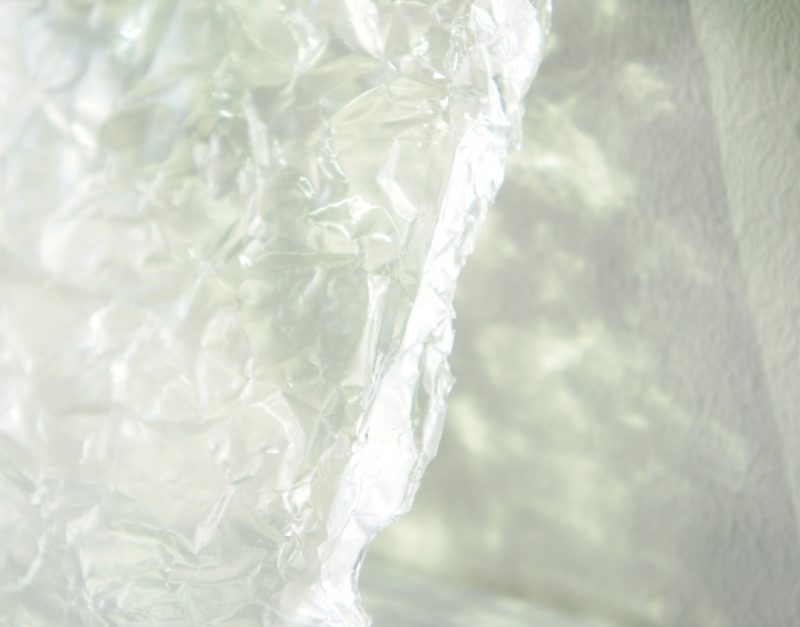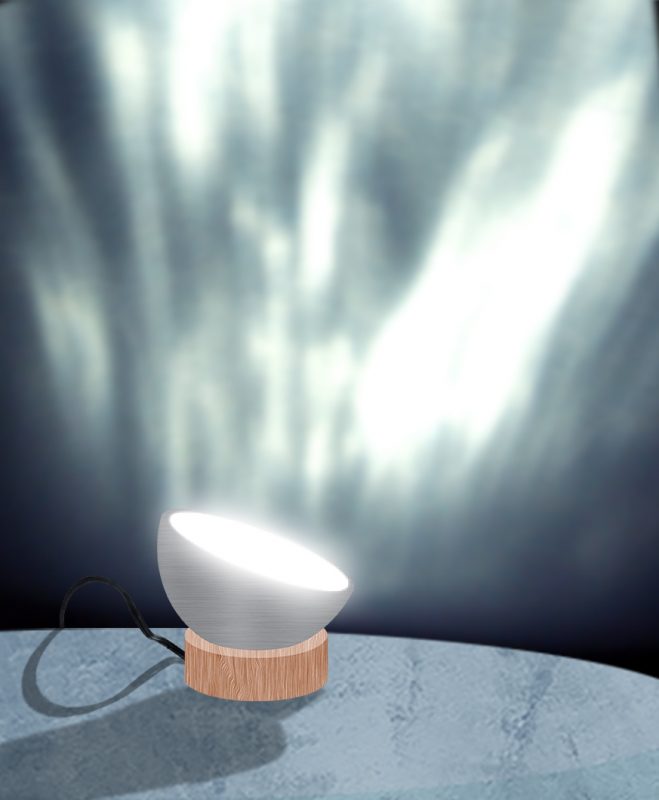
In Search of Lost Times
In Search of Lost Times explores immersive objects as material extensions of memories. This investigation probes the features of remembrance, of nostalgia, and the deployment of ourselves within our connections to belongings.
The project explores objects as way of propping for an emotional/personal experience. It is a sensory based investigation on the features of remembrance, of reminiscence, and also an exploration on the phenomenon of how objects can be extensions of ourselves, which influences of course our connections with objects and spaces.
I articulated my work, my questions and my concerns, upon an experimental approach, where metaphors and representations of senses gave the tone of my research, but also how the materials’ qualities could express such an elusive and ephemeral phenomenon.
The work then is a broader extension of my thesis, in which I addressed the concept of nostalgia as a communicative tool and how the material can express and engraves memories. How it can create new links that stimulates a shared understanding, a shared compassion for anything, material or fictional even.The subject enhances the role of memories in this work. It is a searching on and how they define our feelings and relations to what surround us: from belongings to places. Even more, the emotional experience that is remembering itself, as for Proust’s Madeleine effect. Alongside my initial reflections, I started to conduct a work I called «Archives», a mere collection of memories from people around me, that involve intimate feelings and sensations with materiality.
By doing this work on recollection and illustrations, I was aiming at bringing a better understanding of my work and my concept, but also defining the first lines of my approach, grasping the parameters that would nourish a further reflection on what the extends could be, as the importance of senses for instance.
This perspective lead me to explore the possibilities in a material based reflection: focusing on the qualities that it could offer and to what extends. I thought that dividing my research in three part would easier to follow, as they represent the steps and my progression, my evolvement into this subject, all of them embodied into an imaginary object that could address the research of my objectives.
The material manipulations always followed the idea of a dimensional metaphors. It proposes a three-dimensional picture, between outdoor and indoor, that is abstract but that suggests a real place.
As the silicon suggests the water.
An oscillation between metaphors, suggestions and interpretation. All of that in order to create an environment, something that interacts with the space and the mind. The allusion to water reflections and lights seemed interesting to start with - as the sea horizon has a strong symbolism of contemplation and evasion. But also a variety of lights effects.
What was even more interesting with this was how I could use one object’s initial logic and manipulate it in order to address my objectives.
As using the wind with the folding screens, which also primarily engage intimacy and a sort of spacial remodeling, something that can always move.
It reminds me of our grandmother’s curtains, which was at first very accidental but finally gave the object another status. But in this exploration, going even more into the sense level was one of the main motivations. Again, as described by Proust’s Madeleine, smell is deeply linked to memories, because it is one of the most developed senses and the closest to the brain. I also wanted to go further into the questions on how to translate the delicateness, the preciseness of a memory/personal experience, with the hope of engaging a deeper immersion.
And this is what I think was the strongest with smells. As defined, smell is a highly elusive phenomenon, but also the one that offers huge perspectives in terms of experiences and interactions in space and mind. With a work research and experiment, and as far as I could go, I attempted to recreate as previously said, an environment that one could experience intimately.
And even though working with it was to me like discovering America, this last approach allowed me to use and manipulate senses in some other ways. As the perception of colors and its influences on taste and smell could provide new extends to my work. How would smell look? And how to materialize it in a tangible way?
As shown here, where these abstract compositions suggest an environment and a smell with their colors. Always in this idea of pairing materiality and immateriality. Pairing the textile and the smell is a possibility of both guiding the experience and engage a tactility to it. As the babies blankets do, or the lovers borrowing each other’s clothes.
So, since I can remember in my studies, textile appeared to me as one the most intimate materials I know. From bed sheets to clothing, it is the mere and continuous contact with skin and the most intimate parts of our body and our day as well.
In general, as I attempted to put materials on emotions and intimacy, putting words on thoughts was a big challenge in this work.
Abstract containers of memories. Affection items. Boundary objects. Objects of experience… I considered at lot of expressions in order to define these research objects. And with a more general look over this research, they all represent the evolvement of my process and my will to materialize an intimate and emotional experience. Intimacy was indeed a fundamental context or framework, and each of them aim at interacting with space in that way… As they are first considered as being domestic objects, and because they are aimed at being immersive and not invasive, which means that also imply an other type of space, symbolic, that is the one created between someone and the object.


















